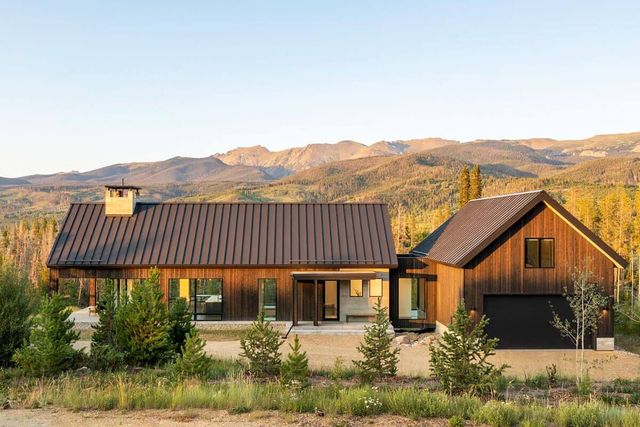First Person: Casa Impala, Holbox, Mexico
- Category
- First Person
- Written by
- Boutique.
- Published
- October 3, 2023
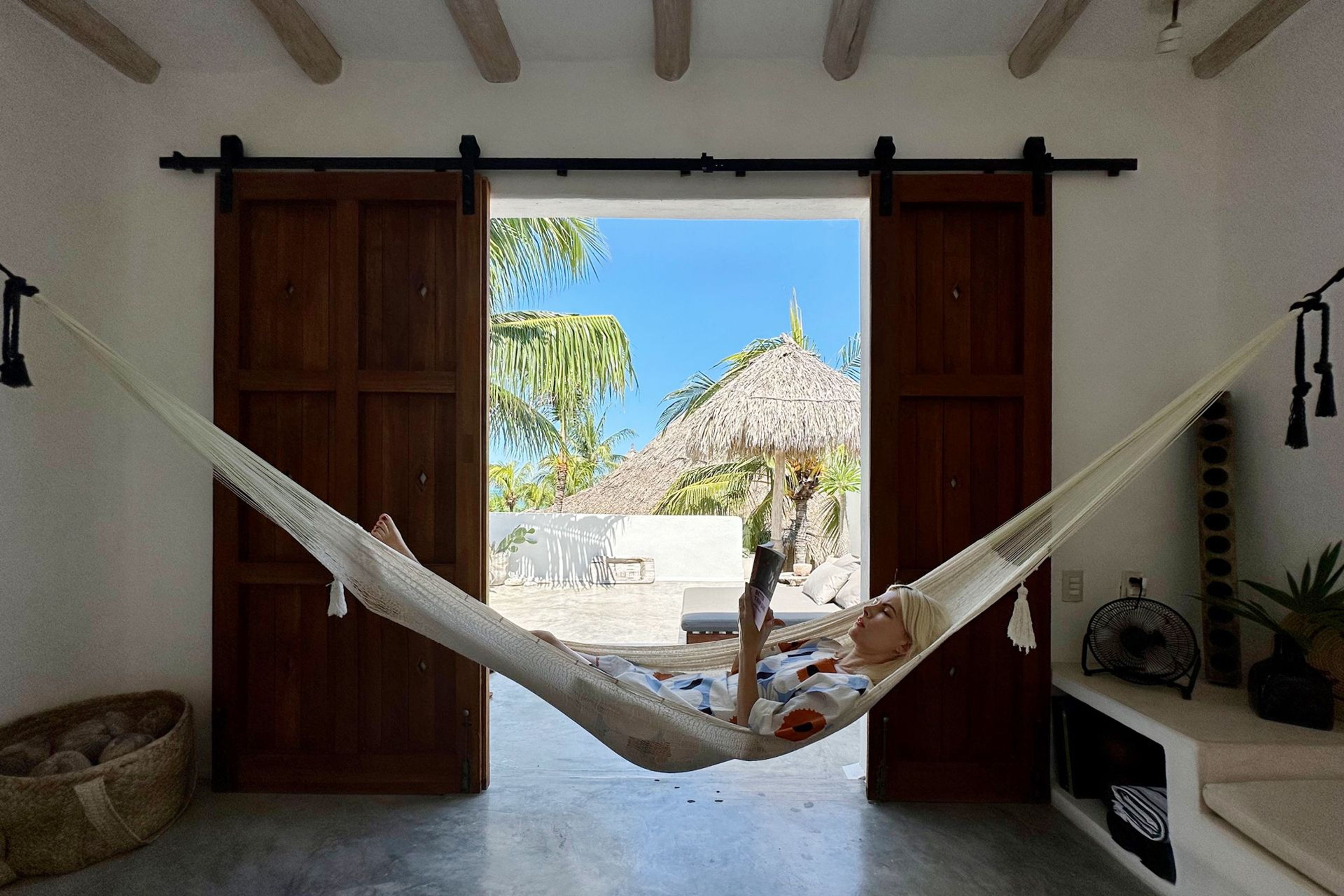
Los Angeles-based writer Stacy Suaya travels the world with a keen eye for art, design, and architecture. A contributor to Wallpaper, Architectural Digest, and the Los Angeles Times, here she reports back on the sun-bleached and car-free island of Holbox in Yucatán, Mexico, and her stay at Casa Impala. Described as a handmade getaway, Casa Impala is a cozy bohemian hideaway in the main village on the northwest side of the island, infused with the personality of its Swiss-by-way-of-Miami host, Marco.
A quartet of double-crested cormorants outraced us as we zoomed across the turquoise brine of the Yalahau aboard Capitan Carmelo’s speedboat. Our shared goal post was a tiny islet topped with puffs of brush and mangroves. Pelicans and seagulls lined a long viewing terrace capped with thatched roofs, Swiss Family Robinson style.
“Welcome to Bird Island,” said Carmelo as his skipper, a chihuahua mix named Pequeña, hopped off the boat and onto the deck. Here, pelicans nested in treetops, seagulls circled the sky, and egrets and flamingoes preened ashore.
Before I came to Holbox (Mayan for “black hole”) in September, I’d heard more about the beaches than the birdwatching, but there’s no denying the incredible wealth of bird life on the island.
Holbox Island falls within Yum Balam, a Mexican flora and fauna protection area. But birds aren’t the only wildlife drawn to Holbox. From May to September, Yum Balam is also the shelter and sanctuary for the most significant concentration of whale sharks, those gentle, spotted giants of the sea.
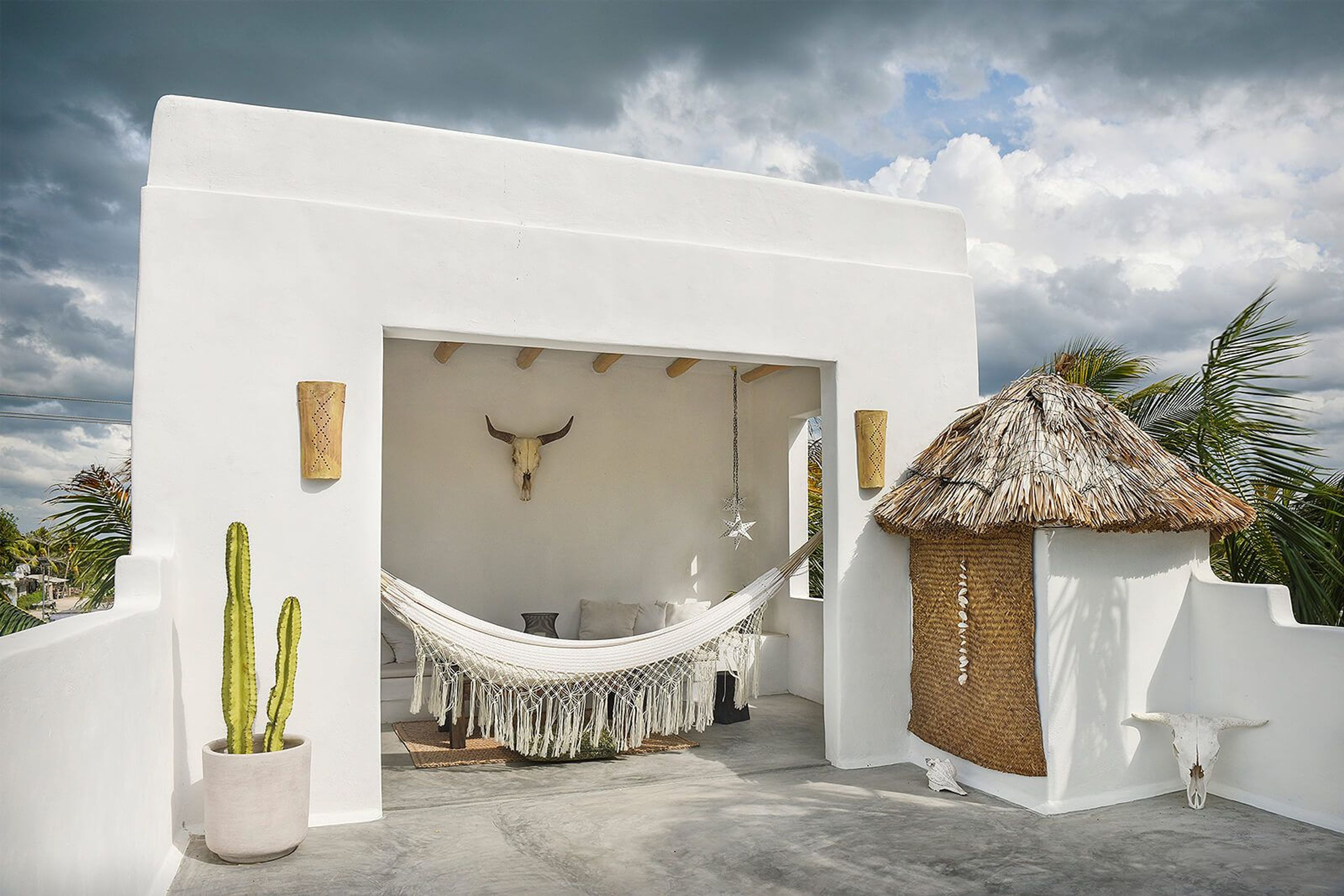
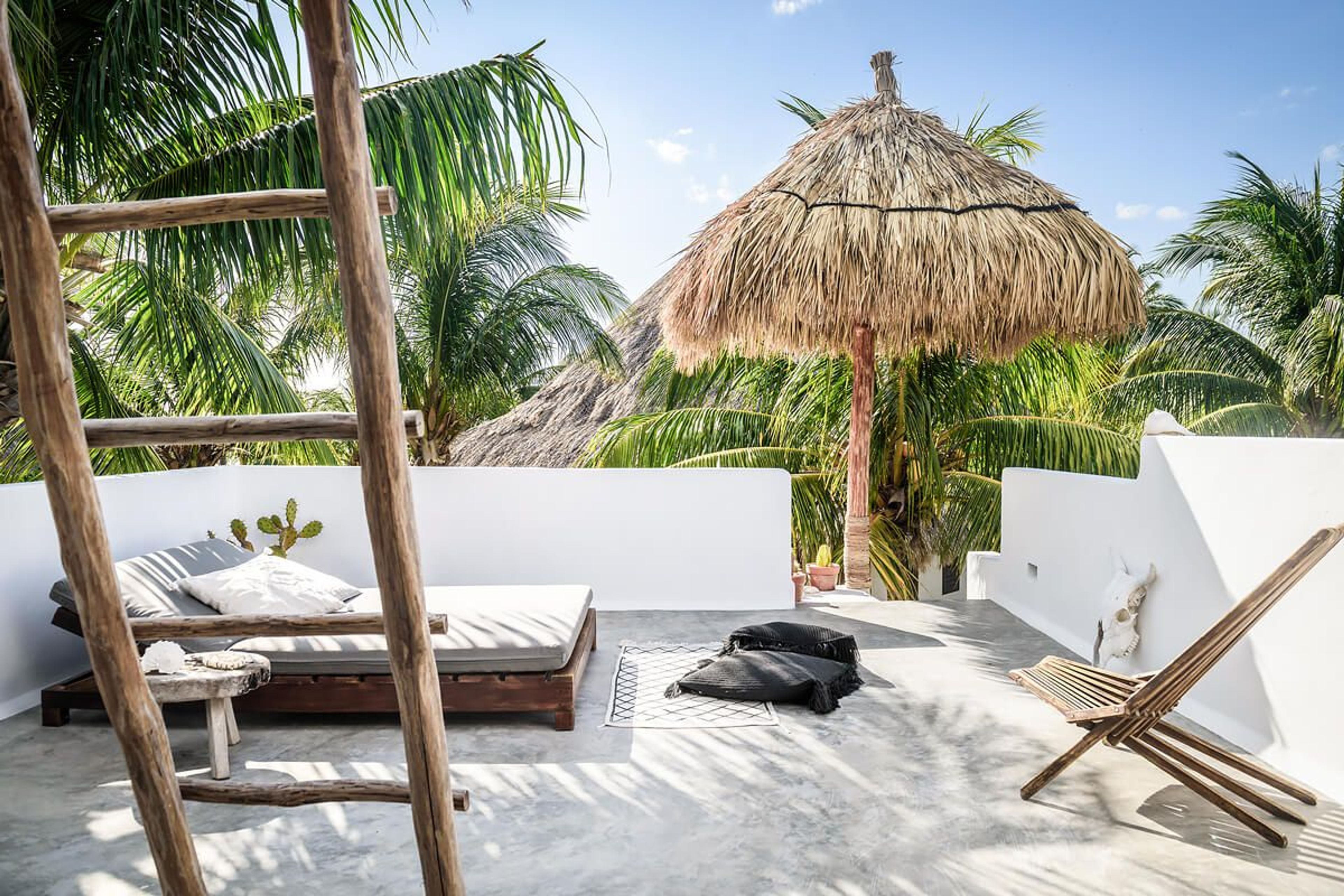

WHERE WE STAYED
“The first tourists that started coming here were birdwatchers and backpackers,” says Marco, the owner of Casa Impala. “And then, about 20 years ago, Holbox started becoming known for kitesurfing. Around October, until April or May, the good winds, the north winds, hit. Then, in 2014 or so, the first article in Condé Nast Traveler came out. And that was the beginning of people talking about Holbox.”
Marco grew up in Lausanne, Switzerland, where he studied architecture and worked in interior design, before hopscotching to Miami for a stint in nightlife. He continued on to the Mexican coasts (Playa del Carmen and Sayulita) seeking the calm that people often crave after tenures in nocturnal pursuits. His mother, an artist living in San Miguel de Allende, bought the home in Holbox sight unseen 25 years ago—a former fisherman’s house built in the '80s that she restored. Six years ago, Marco arrived and built Casa Impala, essentially an adjoining apartment with a rooftop terrace above her home.
“My vision was to incorporate certain architectural styles that inspire me, namely the Southwest, the Greek islands, and Ibiza,” Marco says. Casa Impala is the coming together of all these cultures, a whitewashed Cycladic-meet-adobe space with a shady palapa-fringed balcony. A spiral staircase leads to a rooftop terrace that's ideal for yoga, lounging, or just hanging out and watching the sunset. Its minimalism echoes Georgia O’Keeffe and includes items and objects from Marco’s travels: Moroccan doors and lanterns, trinkets from Hawaii, Pakistan, and Peru, and tables rescued from the mainland.
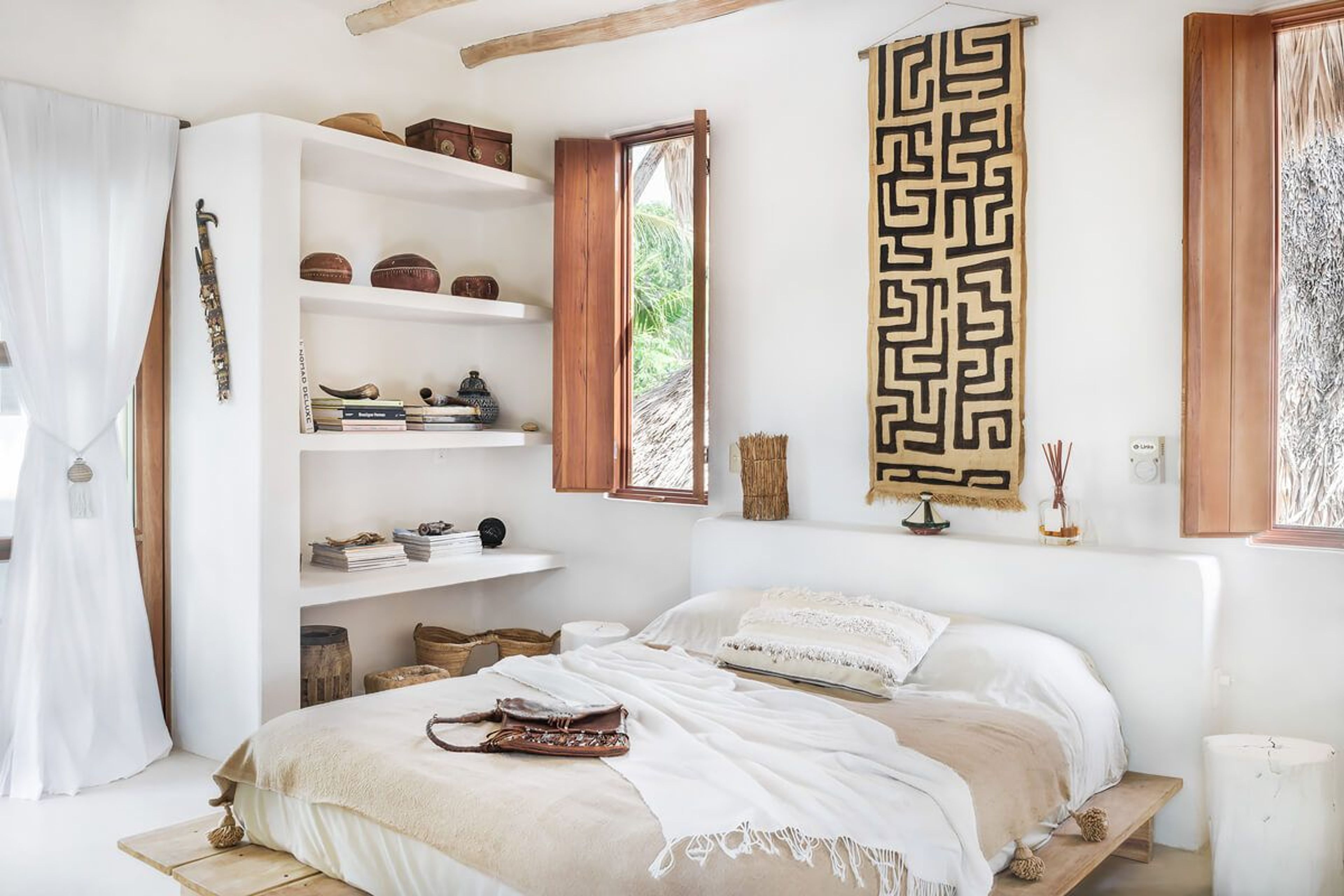
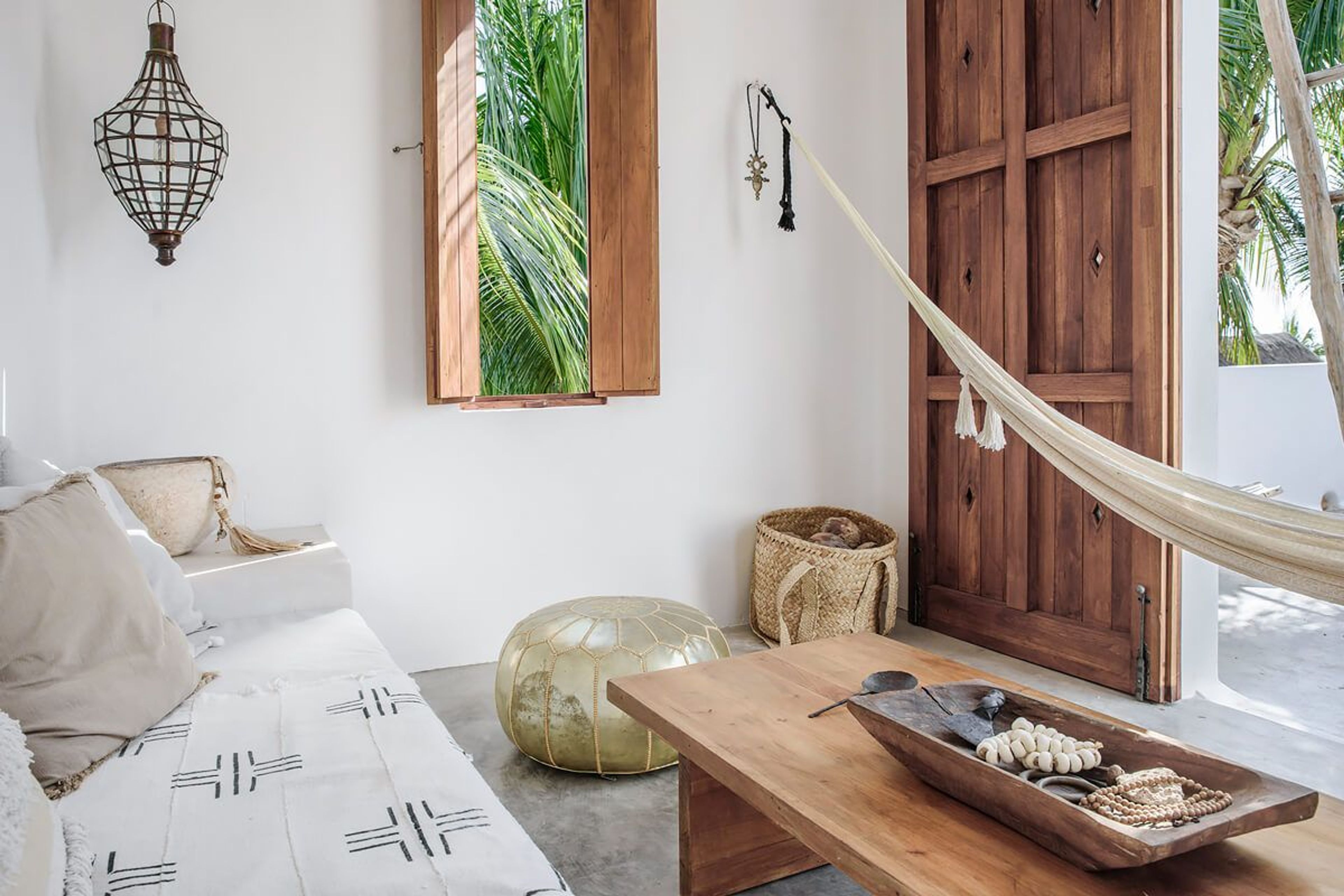
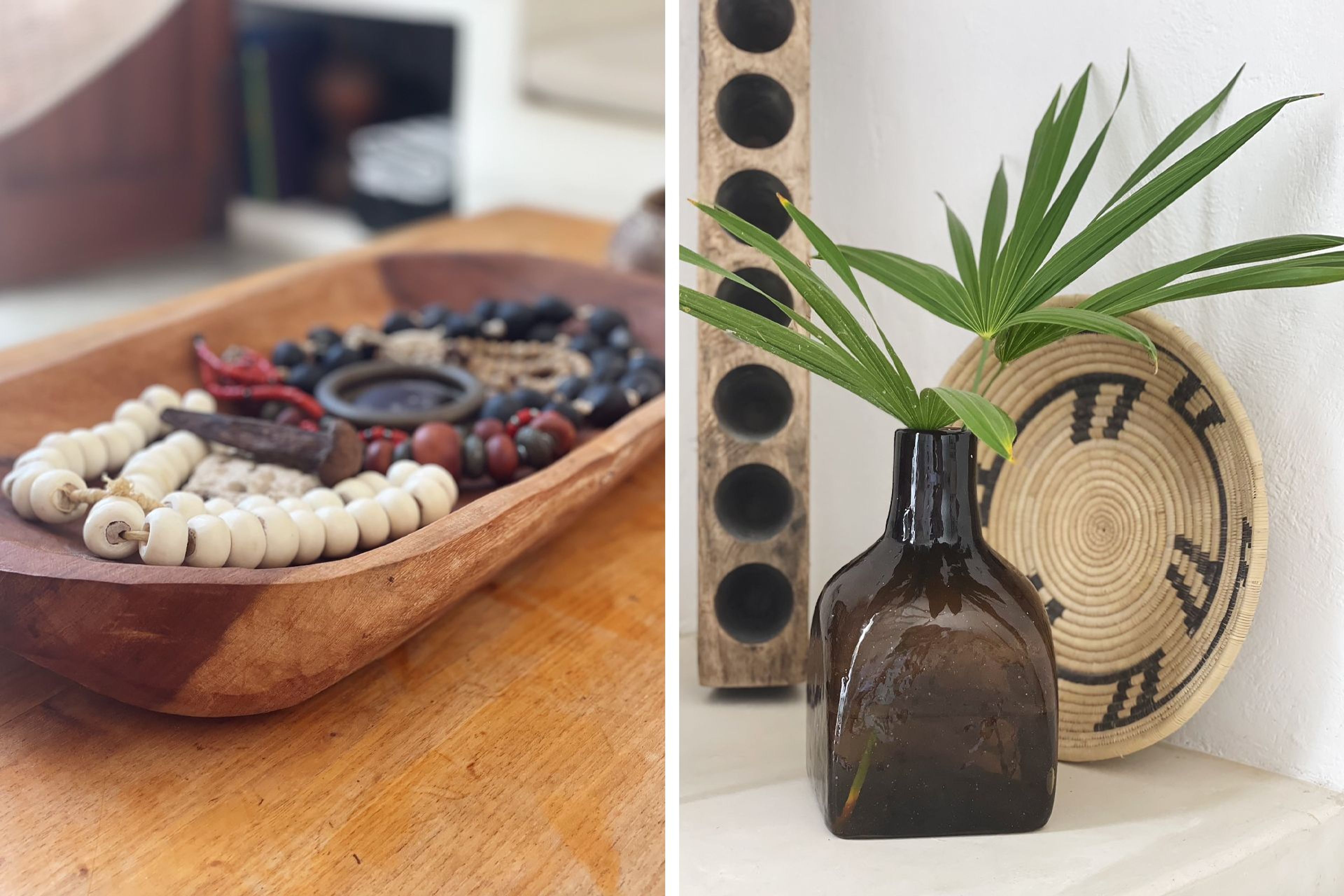
WHAT WE DID
Marco recommended the “three island tour,” which began with our boat ride to Bird Island and also included stops at the Punta Mosquito sandbar and Yalauhua cenote. Along the way, we also cruised up to a flamboyance of flamingoes (yes, that’s what a group of flamingoes is called).
Our extra leisure time was spent walking along the beach, swimming in the bathtub-temperature ocean, napping, and reading in our hammock at Casa Impala. We also enjoyed cruising around in the ATV taxis and taking in the town’s many murals and wall paintings. There are over 90, vibrantly depicting the island’s people, animals, and culture.
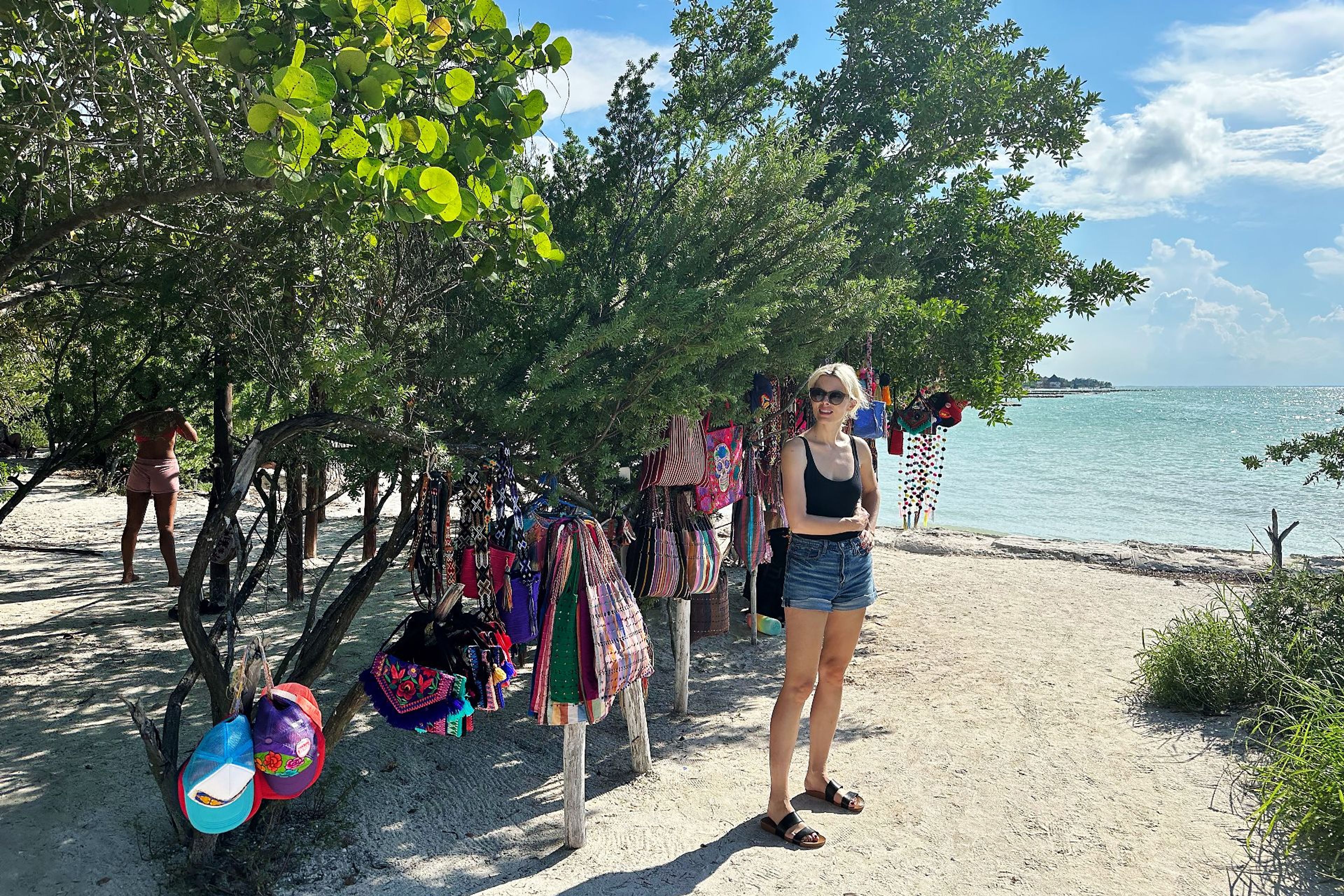
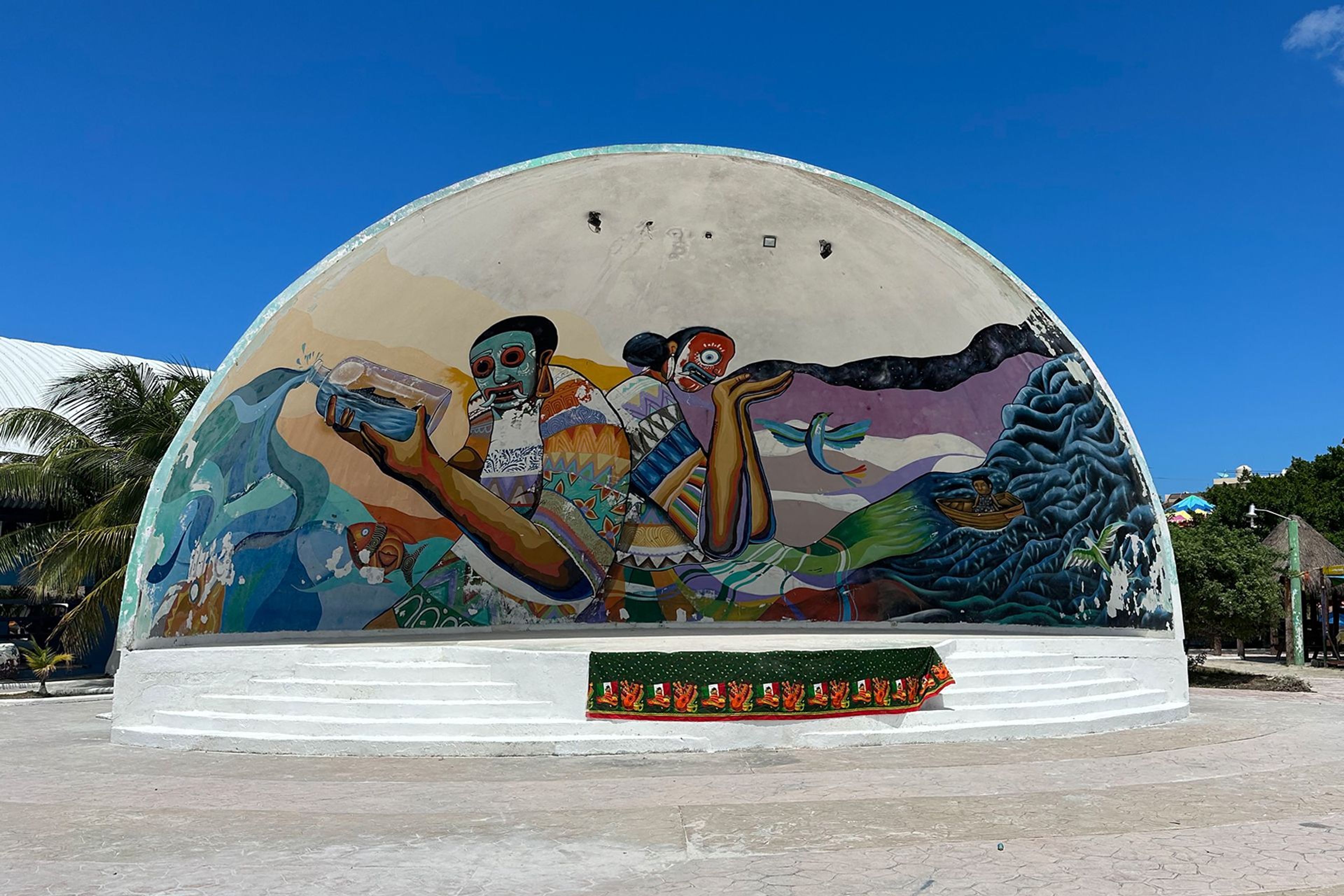
WHAT WE ATE
Another recommendation was dinner at Santos Fuegos. With its rustic-romantic setting and wood-fired fare, this rustic jewel box is reminiscent of Hartwood in Tulum and Marismo in Jose Ignacio. The fare runs from fresh salads served on jicama and pitaya, to corvina tiradito with hoja santa leaves, manzano banana, and green sauce.
Painapol, where we had breakfast, is famous for its colorful, generously sized brunch bowls and equally spectacular mural of the owner Sara’s grandmother. The other owner, Valerio, stopped by our table and told us how the restaurant’s concept began as an experiment. Sara was having health issues, so the couple spent weeks at a time cutting out certain foods, like bread or sugar. They built a restaurant around leafy greens after trying a salad-only diet. Because the core idea is so tight, you can expect flavorful ingredients, such as chiltepin pepper, arguably hotter than habanero and extremely rare and difficult to harvest.
Rustic resort Nômade is a sister to the Tulum original, known for its luxe treehouses and cacao ceremonies. The Holbox outpost features equally grand design, with intricately woven, rib-vaulted ceilings and a Nikkei-inspired menu. We savored the two-day smoked beets, grilled cauliflower, and roasted sweet potato, while a singer performed popular songs in Spanish translations.
The food was unforgettable but, on leaving Holbox, it's the birds that stayed with me. Sitting on Carmelo's boat, as we whipped back to the main island, I remember thinking, “If reincarnation is real, I’d like to come back as a bird in Holbox." For now, in this life, I plan to return soon.
Follow in Stacy's footsteps with a stay at Casa Impala, starting here.
Photography: Marco Badalian; Stacy Suaya
